In this article, we will explore the concept of cosmic portals and how they enhance the magic of time-lapse photography in astrophotography.
The Essence of Time-Lapse Photography in Astrophotography
Time-lapse photography is a technique that compresses time and captures a series of images over an extended period. In astrophotography, it allows us to witness the celestial dance as the stars sweep across the night sky or the evolution of mesmerizing auroras. By condensing hours or even an entire night into just a few seconds, time-lapse photography reveals the hidden dynamics and magnificence of our universe.
The Power of Cosmic Portals
Cosmic portals are visual elements that are introduced in time-lapse photography to create a sense of depth and scale, enabling viewers to immerse themselves in the vastness of the cosmos. These portals can be natural or human-made structures such as arches, bridges, trees, or even people gazing up at the stars. By strategically placing such elements in the frame, photographers can create a captivating visual journey that draws the viewer’s eye into their astrophotographic masterpiece.
Key Takeaways:
- Time-lapse photography captures the passage of time in a series of images.
- Cosmic portals in time-lapse astrophotography enhance the depth and scale of the cosmic wonders.
- Cosmic portals can be natural or human-made elements that draw the viewer into the scene.
Advantages of Cosmic Portals in Time-Lapse Astrophotography
Integrating cosmic portals in time-lapse astrophotography offers several advantages to both the photographer and the viewer. Let’s explore some of these benefits:
Adding a Sense of Scale
The vastness of the universe can sometimes be difficult to comprehend. By incorporating cosmic portals, photographers can provide a familiar reference point that adds a sense of scale to their images. This allows viewers to better appreciate the immense size and grandeur of celestial objects like galaxies and nebulae.
Enhancing Composition
Astrophotography is not only about capturing the stars but also about creating visually pleasing compositions. Cosmic portals act as visual anchors, providing a point of interest that complements the cosmic elements in the frame. By adding depth and dimension, these portals contribute to a more balanced and captivating composition.
Invoking Wonder and Emotion
Cosmic portals have the ability to evoke a sense of wonder and ignite the viewer’s imagination. Whether it’s a lone figure contemplating the vastness of the night sky or a bridge spanning across a river mirroring the stars, these elements inject a human element into the vastness of space, creating a connection between the viewer and the cosmos.
Key Takeaways:
- Cosmic portals add a sense of scale to astrophotographic images.
- They enhance composition and create visually pleasing arrangements.
- These portals invoke a sense of wonder and establish a connection between the viewer and the cosmos.
Unlocking the Magic: Capturing Cosmic Portals
Creating captivating time-lapse astrophotography with cosmic portals requires careful planning and execution. Here are some tips to help you unlock the magic:
Location Scouting
Look for locations with unique natural or man-made structures that can serve as cosmic portals. Bridges, arches, or lone trees work particularly well in this regard. The key is to find elements that harmonize with the night sky and complement the cosmic spectacle.
Timing and Preparation
Research the movement of celestial objects and plan your time-lapse accordingly. Consider the moon phase, meteor showers, or any other astronomical events that may enhance your composition. Arrive early to set up your equipment and ensure everything is in order.
Experiment with Different Angles and Perspectives
Don’t be afraid to try different angles, compositions, and focal lengths. Move around your cosmic portal and explore various perspectives. This experimentation will add variety to your time-lapse sequence and allow you to discover new and intriguing compositions.
Camera Settings and Intervals
Set your camera to manual mode and experiment with different exposure parameters. Keep in mind that longer exposure times may result in star trails, while shorter exposures can freeze the motion of celestial objects. Adjust your interval settings based on the pace and effect you intend to achieve in your final time-lapse.
Conclusion: Embarking on an Astronomical Journey
Time-lapse photography coupled with cosmic portals unlocks a world of possibilities in astrophotography. By compressing time, incorporating visual elements, and telling a captivating story through your images, you can create mesmerizing sequences that transport viewers on an awe-inspiring journey through the cosmos. So, set up your gear, find your cosmic portal, and embark on an astronomical adventure like no other.
Key Takeaways:
- Location scouting, timing, and experimentation are key to capturing captivating time-lapse astrophotography.
- Camera settings and intervals should be adjusted to achieve the desired visual effect.
- Time-lapse photography with cosmic portals immerses viewers in an awe-inspiring journey through the cosmos.

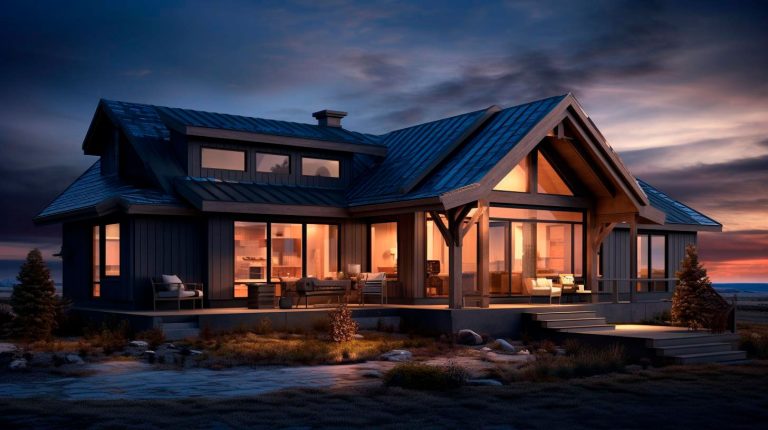


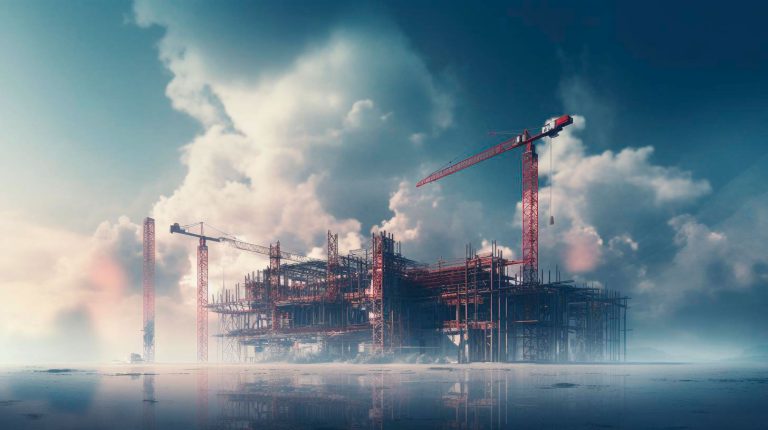


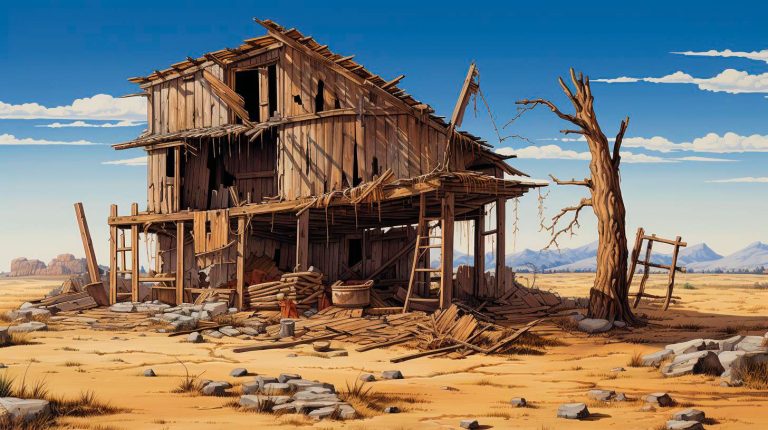

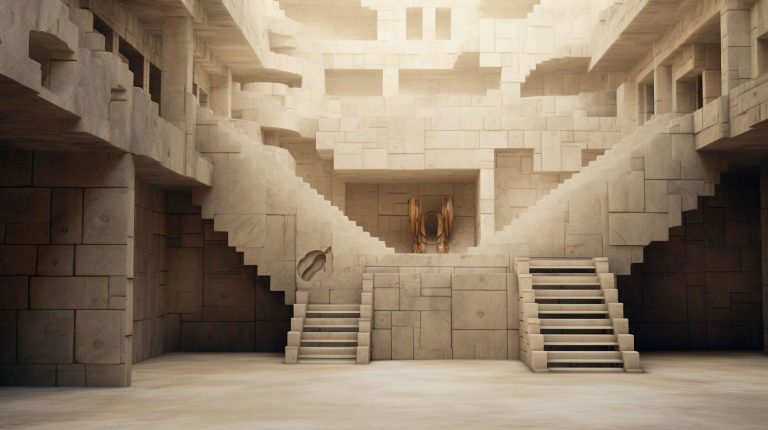
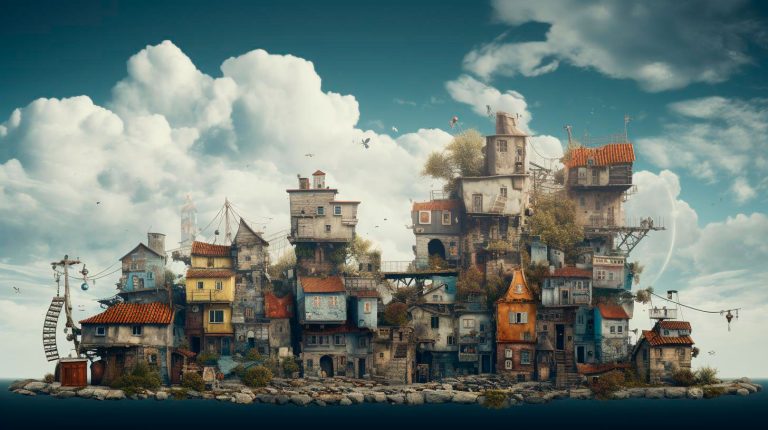







+ There are no comments
Add yours